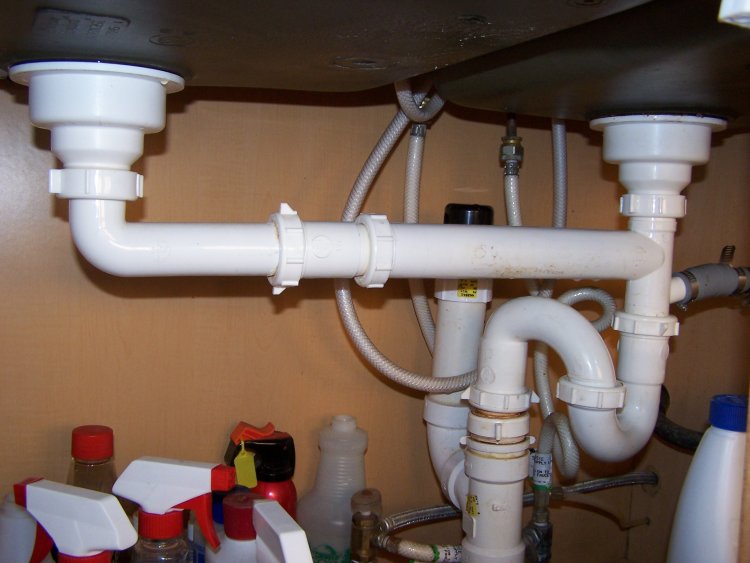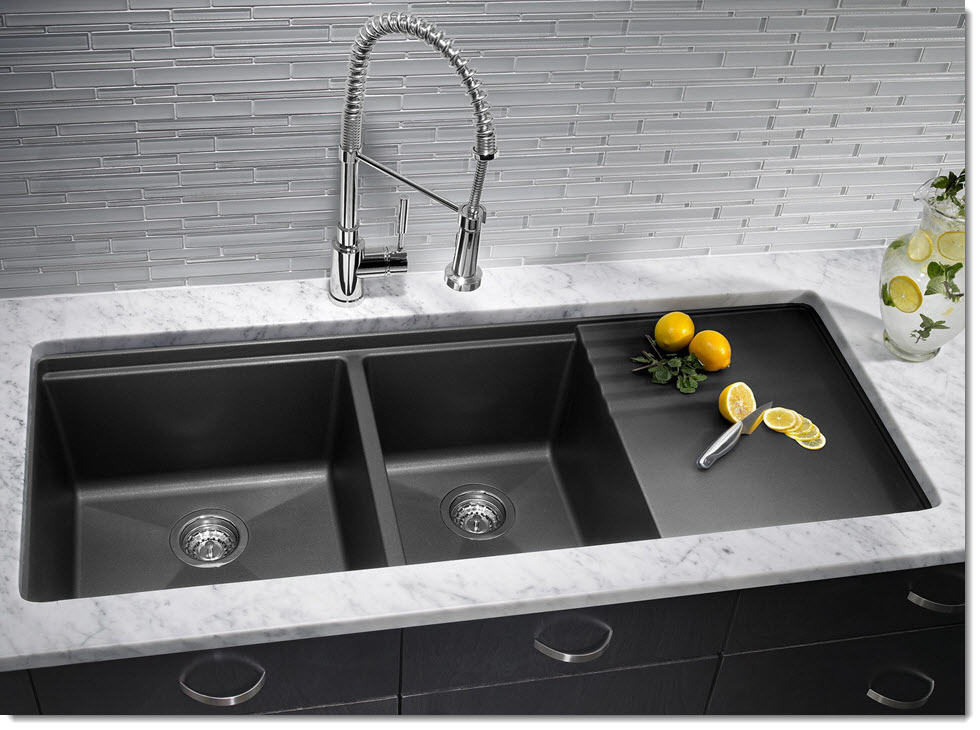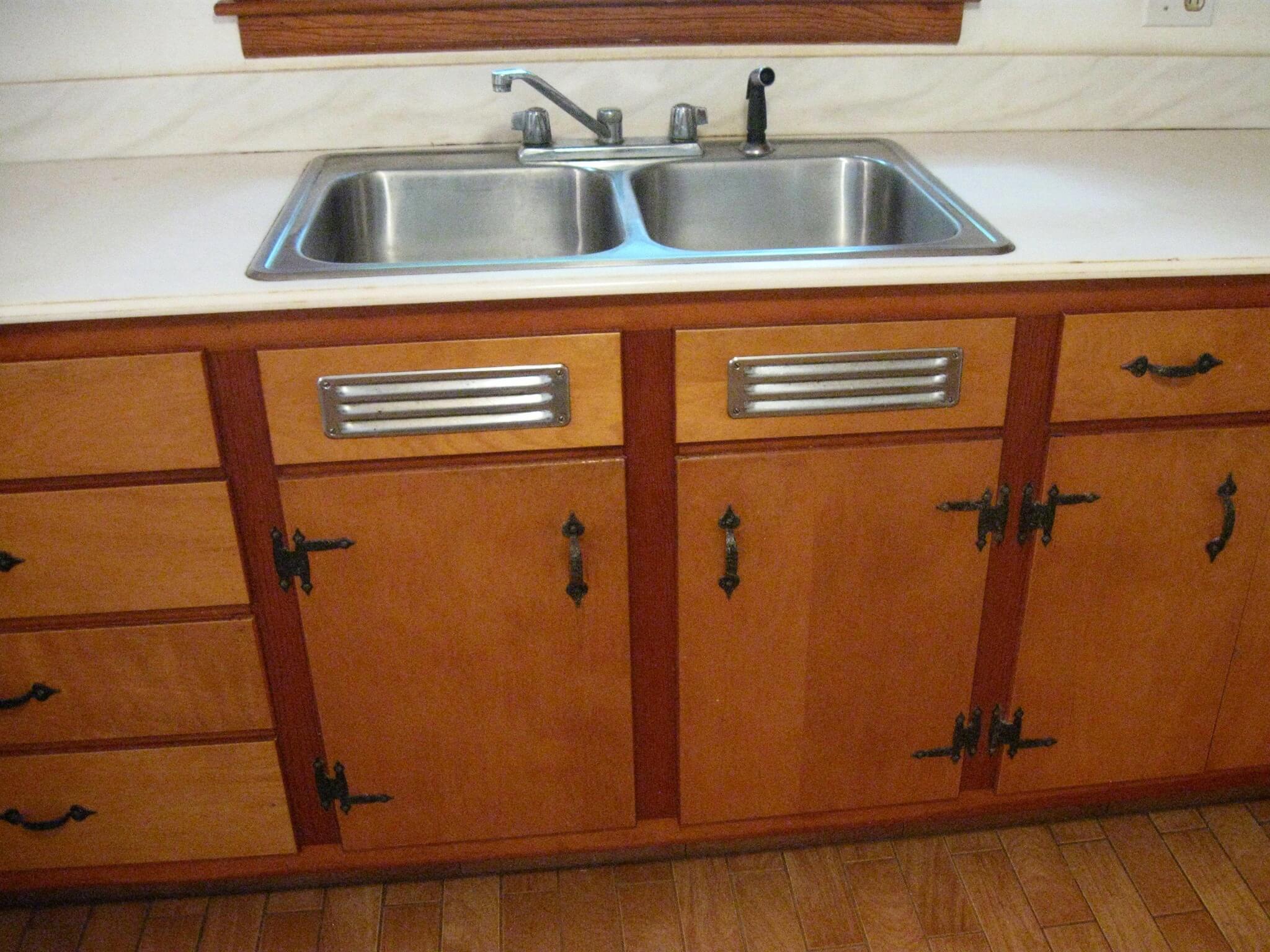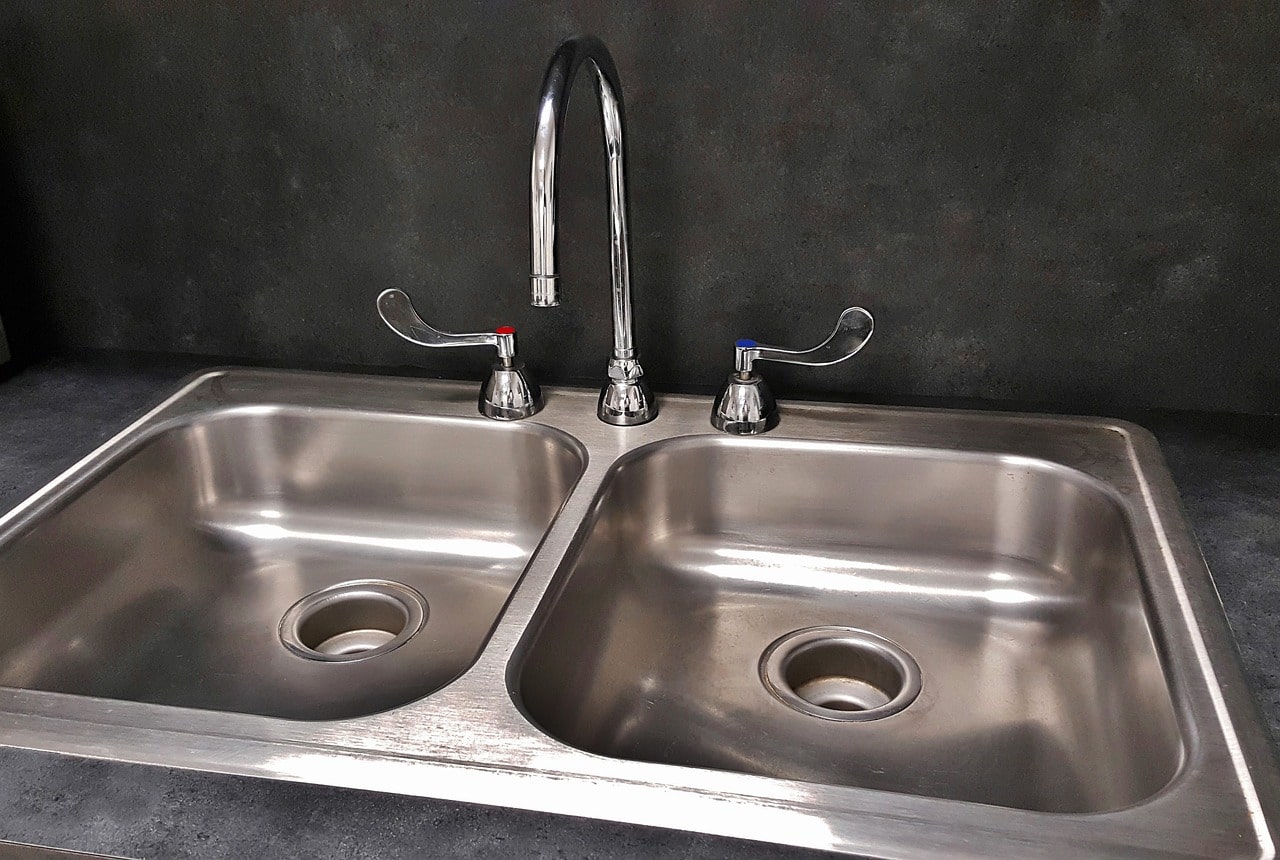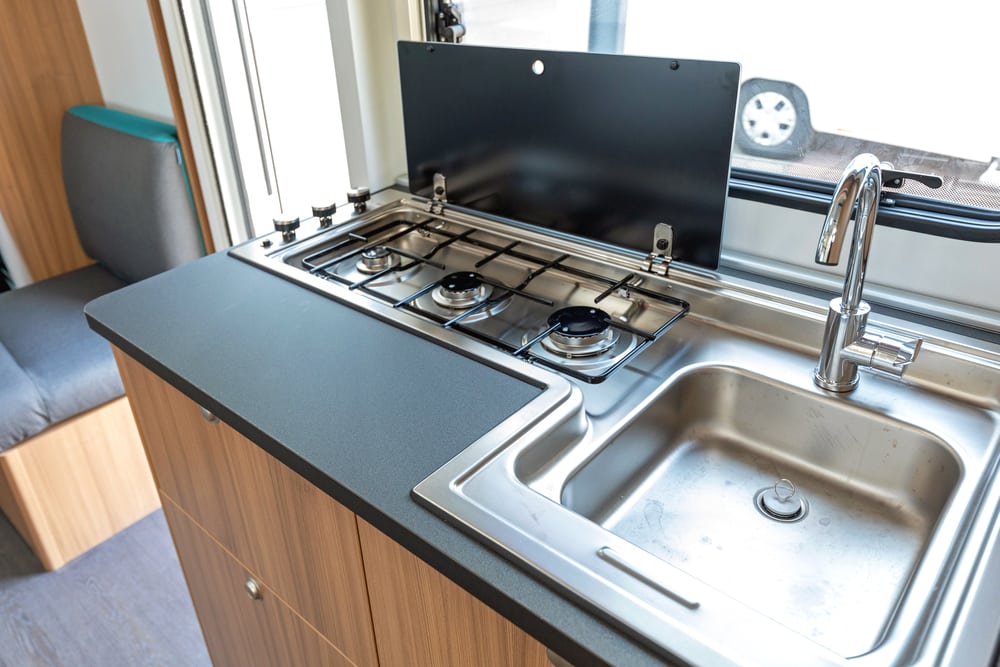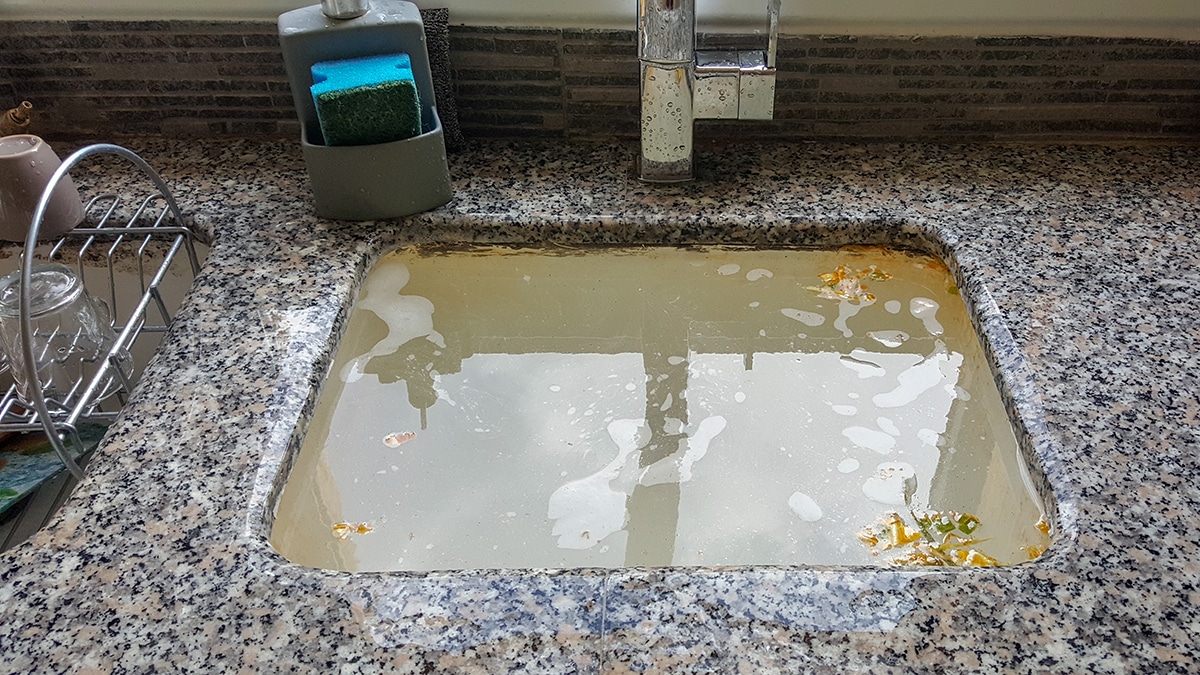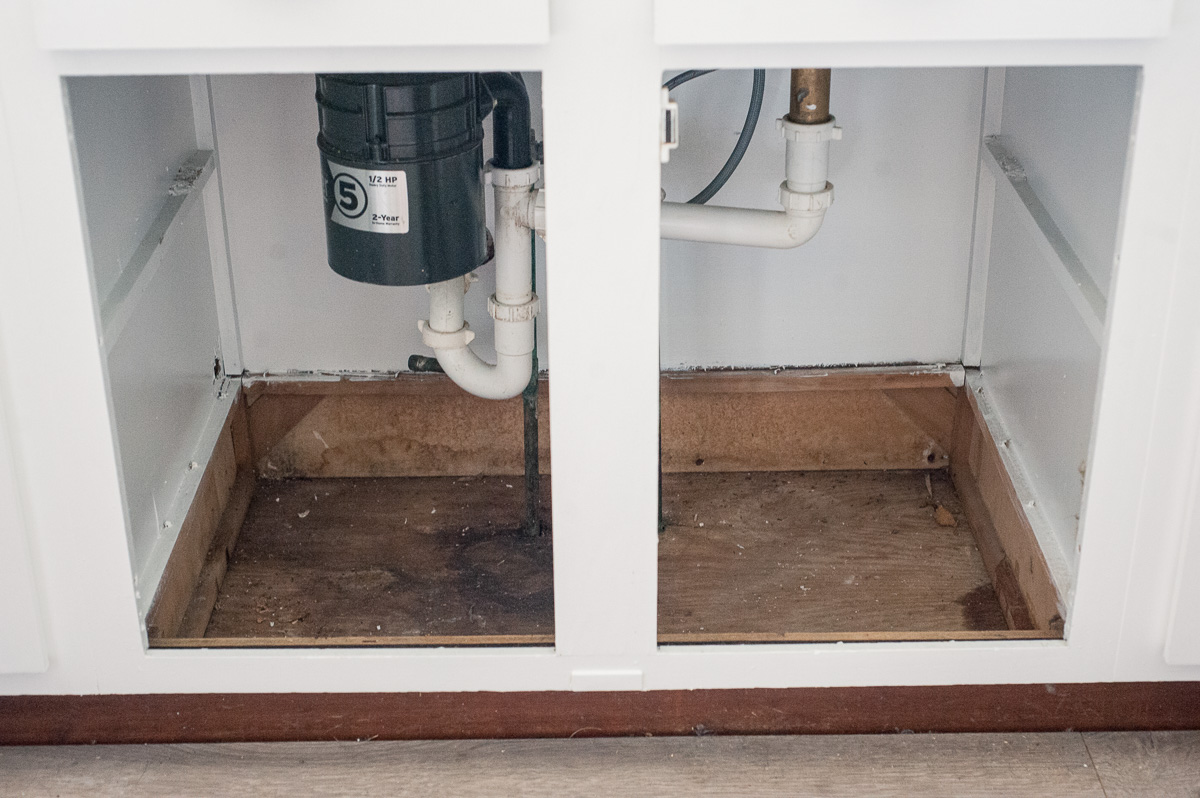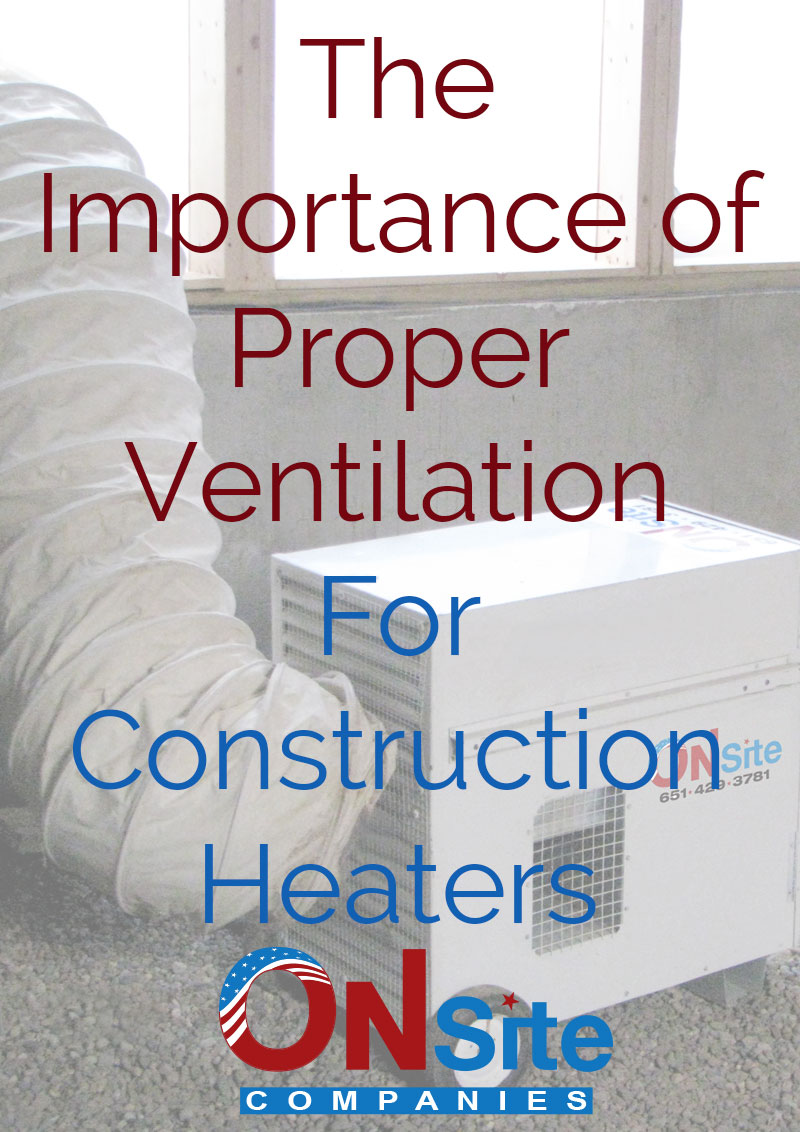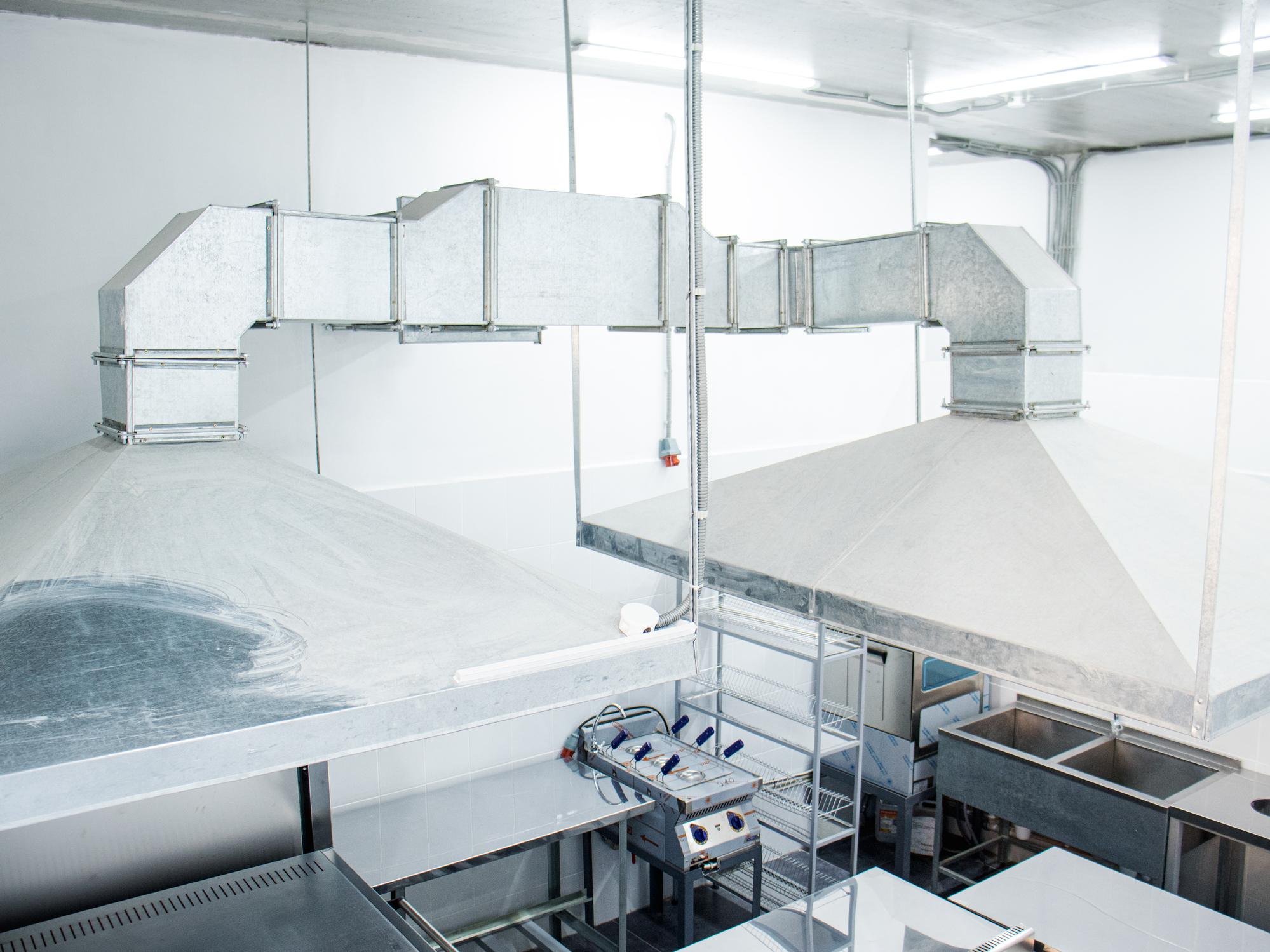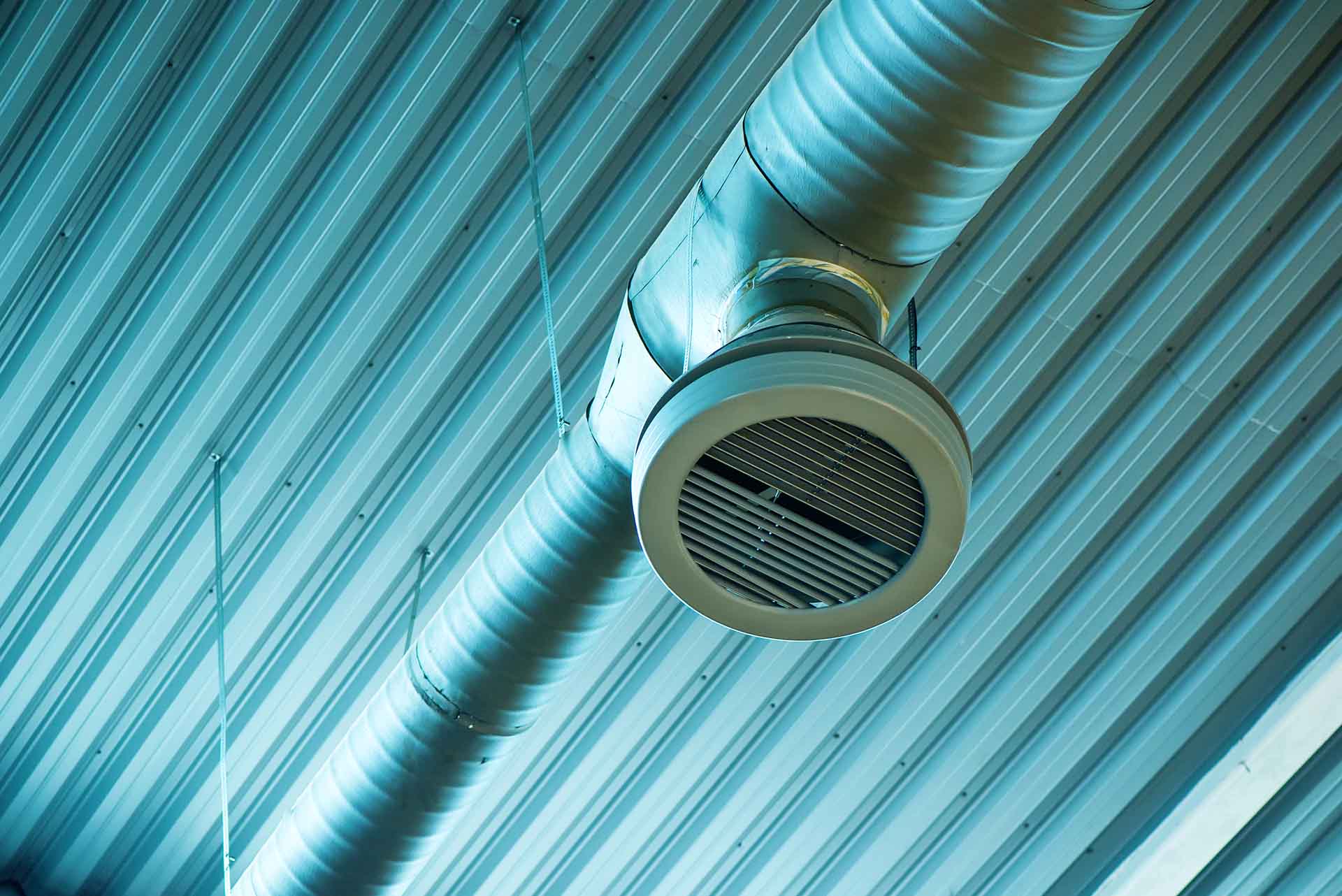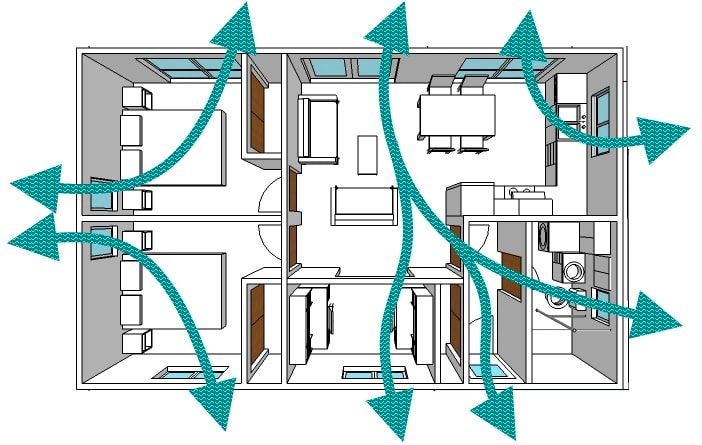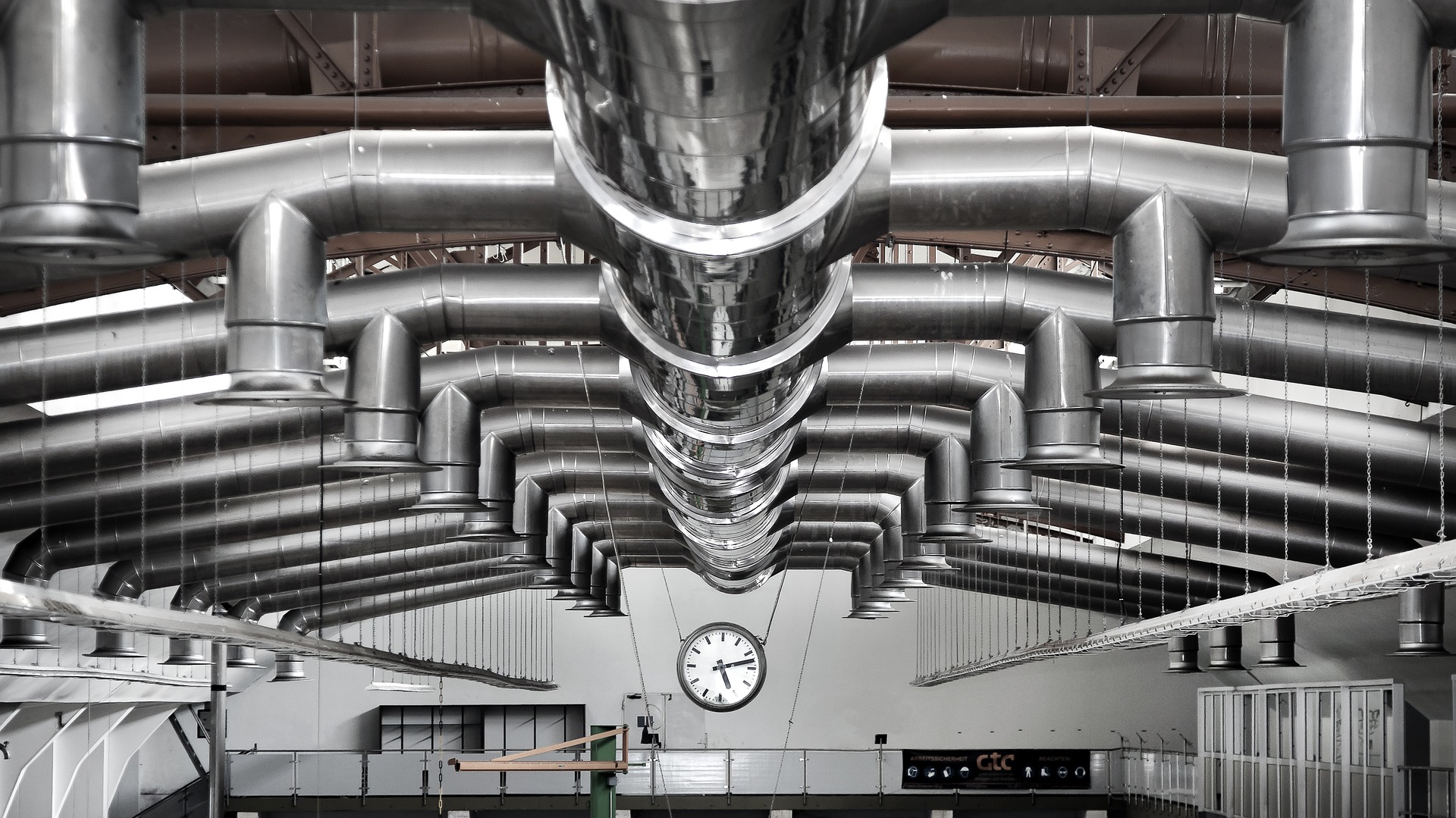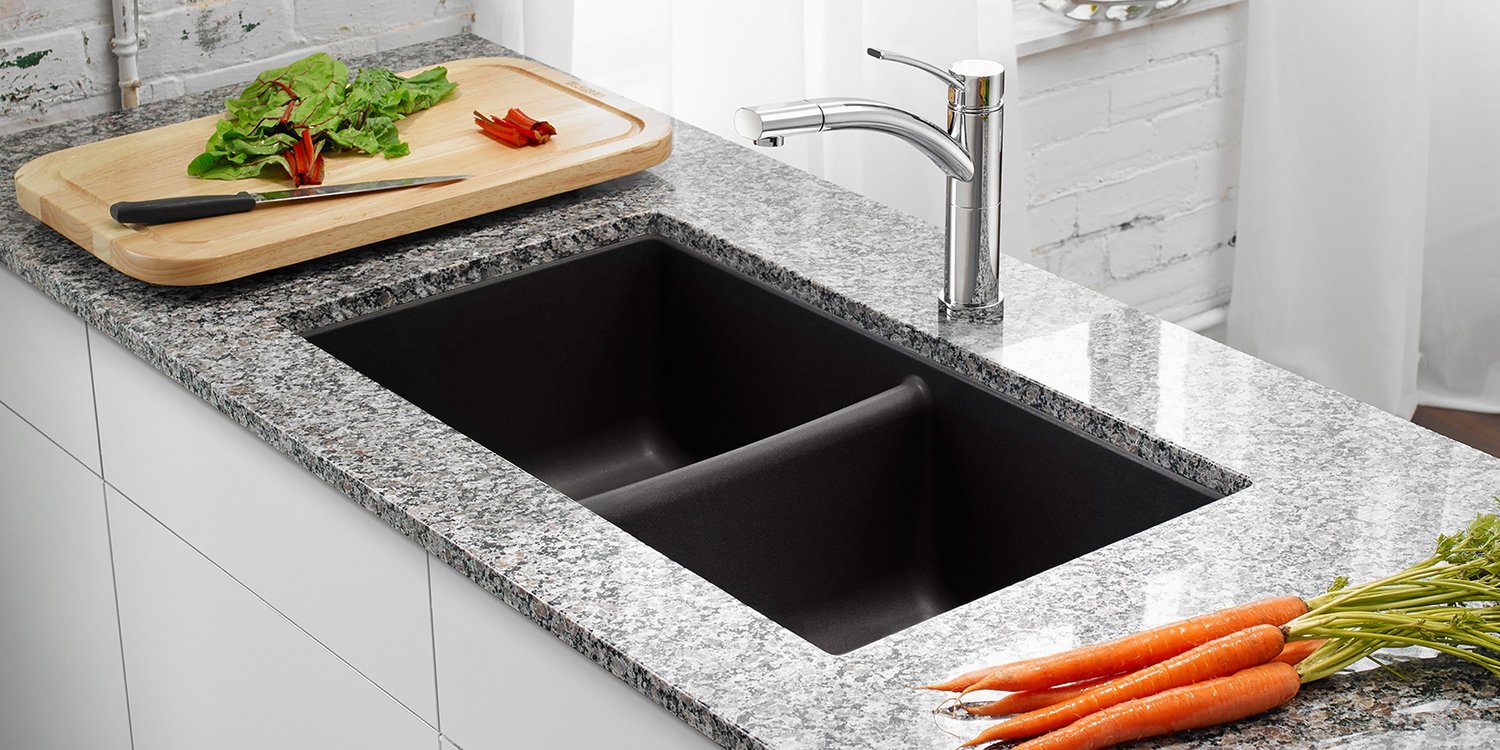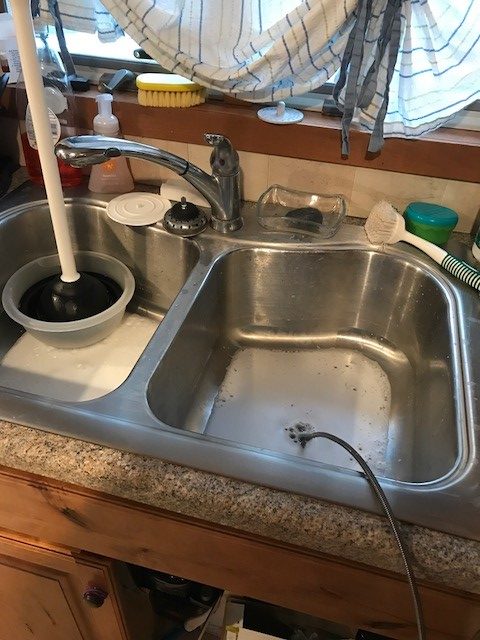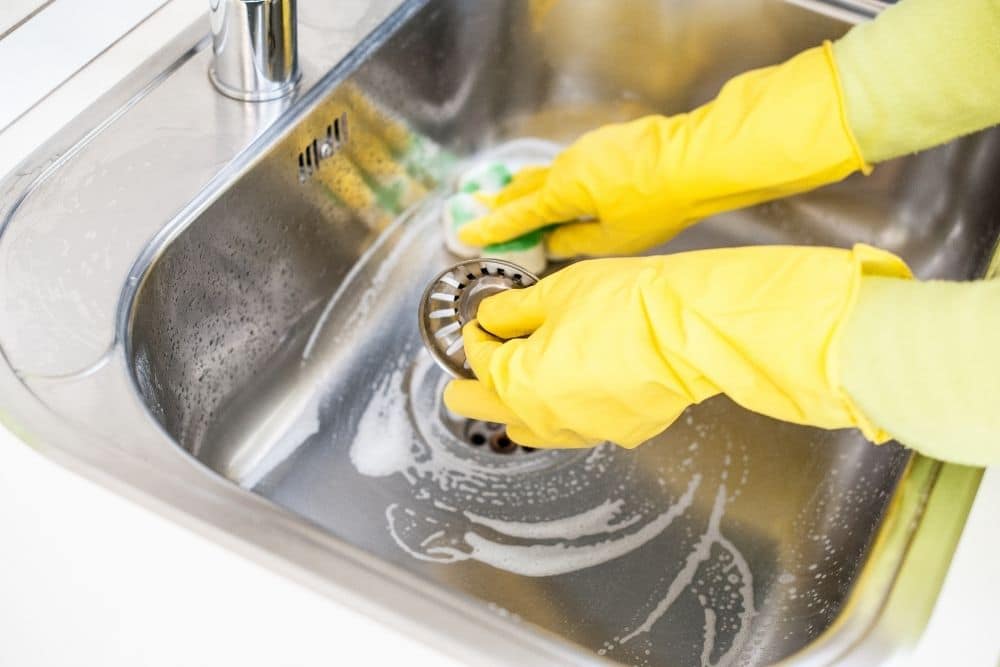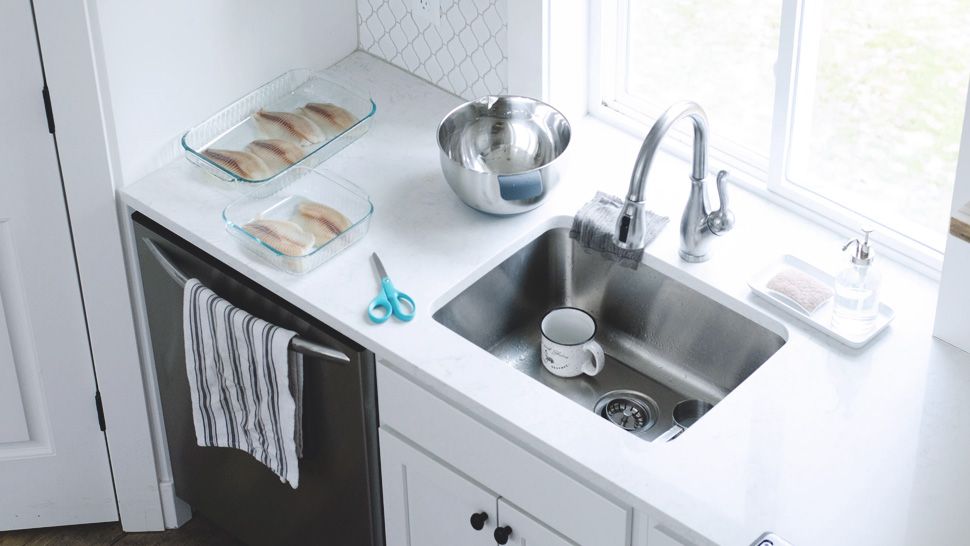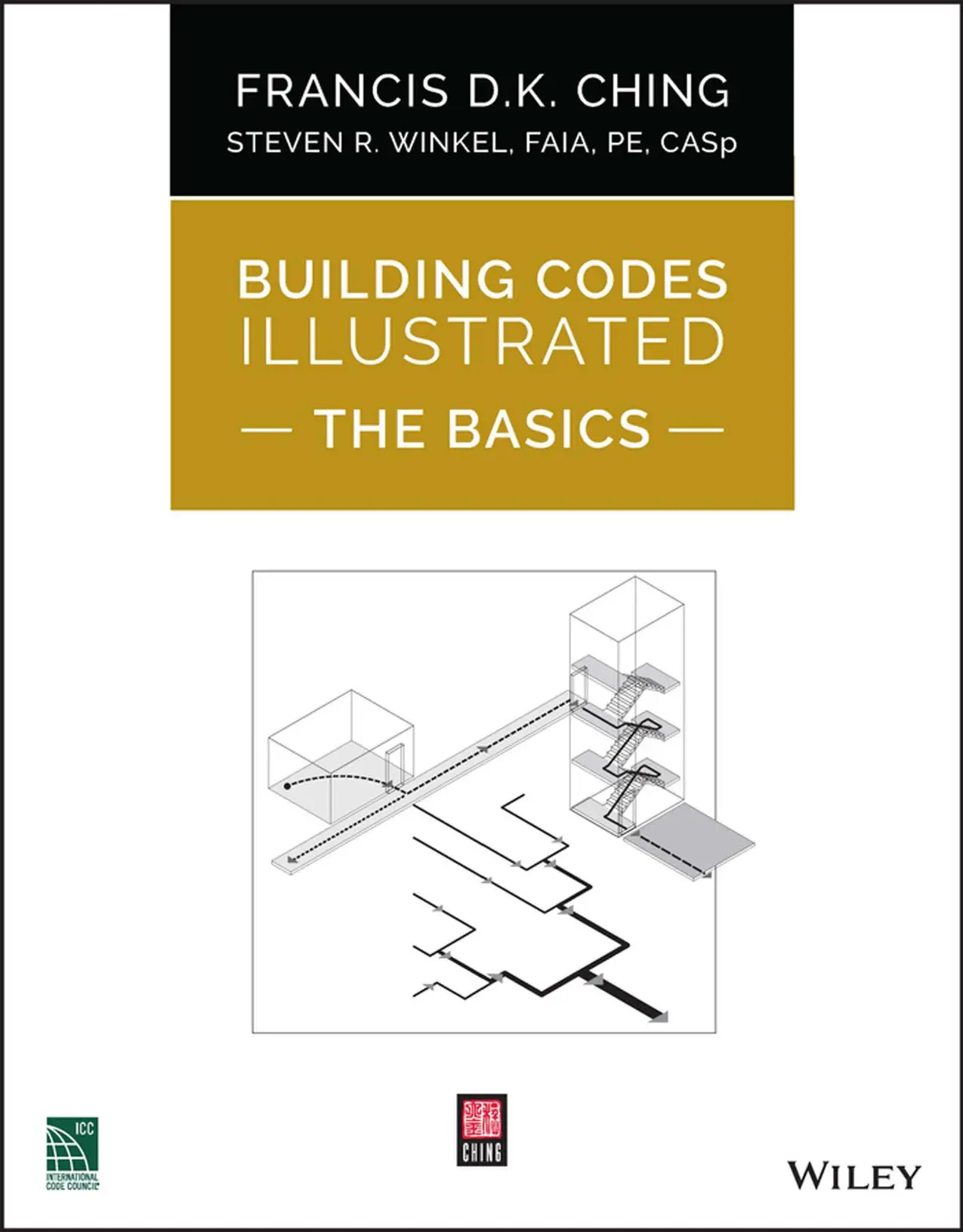When it comes to kitchen plumbing, there are many elements to consider, including the need for a vent for your kitchen sink. While some homeowners may be unsure about the necessity of a vent, the answer is a resounding yes. Vents are an essential component of any kitchen sink, and without one, you could be facing a range of issues. In this article, we will discuss the importance of a kitchen sink vent, how to determine if your sink needs one, and the different types of vents available. So, let's dive in and explore the world of kitchen sink vents.Do Kitchen Sinks Need a Vent?
If you are in the process of building or remodeling your kitchen, it is essential to understand how to install a vent for your kitchen sink correctly. The first step is to determine the location of your vent. Typically, vents are installed under the sink and can either run straight up through the roof or connect to an existing vent pipe. Next, you will need to cut a hole in the wall or roof for the vent and connect it to your sink's drain system. It is crucial to follow building codes and regulations when installing a vent to ensure it is done correctly.How to Install a Vent for a Kitchen Sink
The primary purpose of a vent for a kitchen sink is to prevent airlock in your plumbing system. When water goes down the drain, it creates a vacuum, which can slow down the flow of water and lead to a gurgling sound. A vent allows air to enter the plumbing system, breaking the vacuum and maintaining proper water flow. A vent also helps to prevent sewage gases from entering your home, keeping your kitchen smelling fresh.Why Do Kitchen Sinks Need a Vent?
If a kitchen sink is not vented, it can lead to several issues, including slow drainage, gurgling sounds, and foul odors. Without a vent, water may not flow correctly, leading to clogs and backups. Additionally, without proper ventilation, your kitchen may become filled with unpleasant odors, making it an uncomfortable and unhygienic space to be in.What Happens if a Kitchen Sink is Not Vented?
There are a few ways to determine if your kitchen sink needs a vent. One way is to check for gurgling sounds or slow drainage when using the sink. This could indicate that there is a vacuum in the plumbing system, and a vent is needed to break it. Another way is to inspect your sink's drain system and look for any signs of a vent, such as a pipe running up through the wall or roof. If you are unsure, it is always best to consult a professional plumber to assess your kitchen's ventilation needs.How to Determine if Your Kitchen Sink Needs a Vent
Proper ventilation for a kitchen sink is crucial for maintaining a functional and hygienic space. In addition to preventing airlock and foul odors, a vent can also help to prevent bacteria and mold growth in your plumbing system. It also ensures that your kitchen sink operates efficiently, without any drainage issues or backups. Plus, having a proper vent in place can increase the value of your home and make it more appealing to potential buyers.The Importance of Proper Ventilation for Kitchen Sinks
When it comes to venting options for kitchen sinks, there are a few common choices. The most popular option is a standard vertical vent, which runs from the sink's drain up through the roof. This allows air to enter the plumbing system and break any vacuum created when water goes down the drain. Another option is an air admittance valve, which is a mechanical valve that opens to allow air to enter the plumbing system and closes to prevent sewer gases from escaping. This is a great option for those who cannot install a traditional vent due to space or building restrictions.Common Venting Options for Kitchen Sinks
If you notice that your kitchen sink vent is clogged, it is essential to address the issue as soon as possible before it leads to more significant problems. The first step is to locate the clog, which can often be found in the vent's opening on the roof. You can use a plumbing snake or a high-pressure water hose to remove the clog. If the clog is too severe, it may be best to call a professional plumber to handle the issue safely and effectively.How to Fix a Clogged Kitchen Sink Vent
Kitchen sink odors can be quite unpleasant and can make your entire home smell. One of the main functions of a vent for a kitchen sink is to prevent these odors from entering your home. By allowing air to enter the plumbing system, a vent helps to keep the system balanced and prevents any foul smells from escaping into your kitchen. This is especially important if you have a garbage disposal, as food particles can easily get stuck in your plumbing system and lead to odors.The Role of Vents in Preventing Kitchen Sink Odors
Before installing a vent for your kitchen sink, it is crucial to understand the building codes and regulations in your area. These codes outline the specific requirements for venting, including the size, location, and type of vent allowed. It is essential to follow these codes to ensure your vent is effective and meets safety standards. If you are unsure about the requirements, it is best to consult a professional plumber to avoid any issues or penalties. In conclusion, kitchen sinks do indeed need a vent. Vents are an essential component of any kitchen plumbing system, and without one, you could be facing a range of issues. From preventing airlock and odors to maintaining proper water flow, a vent plays a crucial role in keeping your kitchen sink functioning correctly. So, if you are considering a kitchen remodel or experiencing any plumbing problems, be sure to include a vent for your kitchen sink in your plans.Understanding the Building Codes for Kitchen Sink Vents
Why Kitchen Sinks Need a Vent: Understanding the Importance of Proper Ventilation in House Design
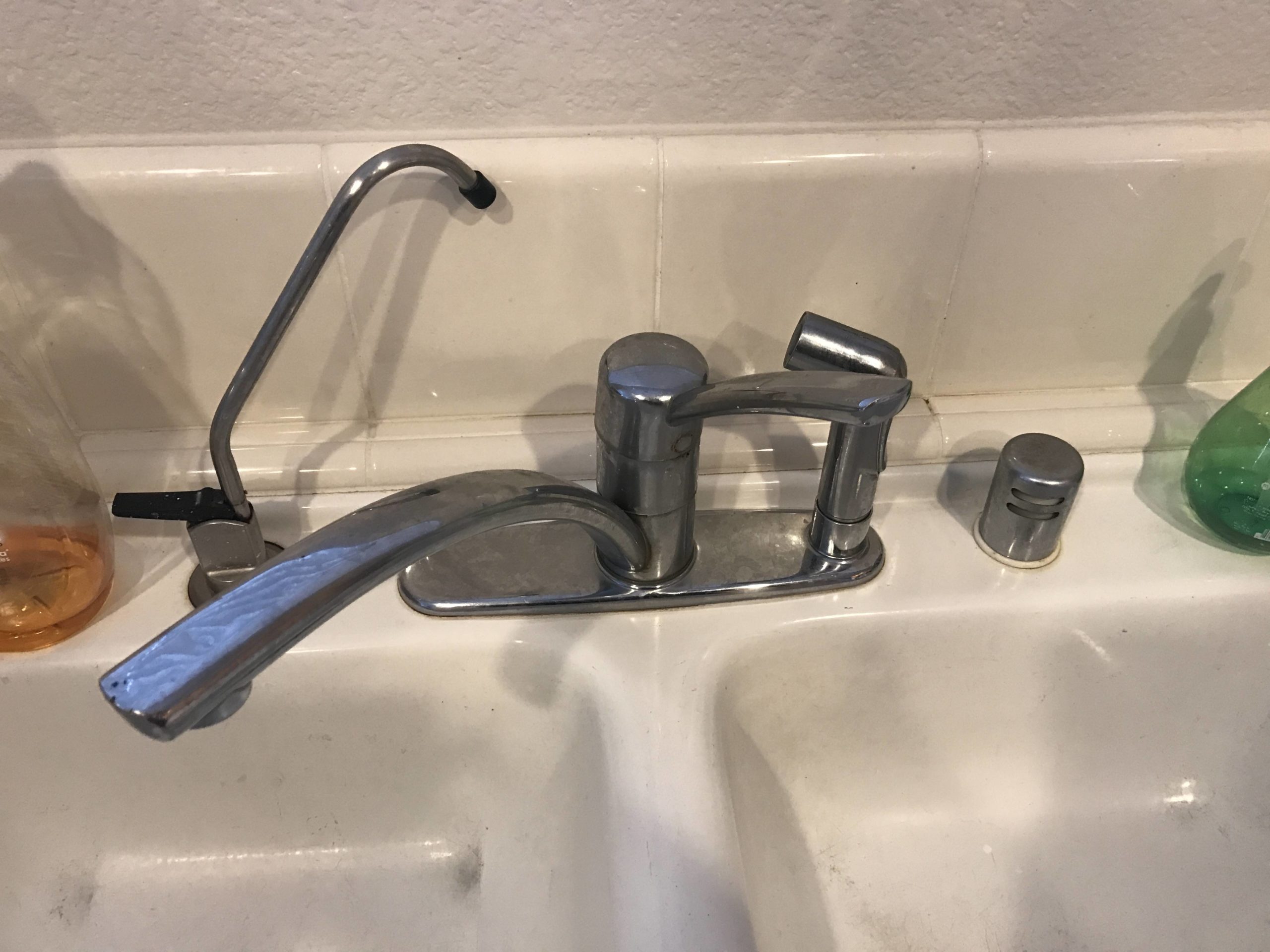
The Role of Vents in House Design
 When it comes to designing a house, there are many important elements to consider such as the layout, materials, and functionality. However, one crucial aspect that is often overlooked is ventilation. Proper ventilation is essential for maintaining a healthy and comfortable living environment, and this includes the kitchen sink.
Having a vent for your kitchen sink is not only necessary, but it is also required by most building codes.
Let's delve deeper into the reasons why kitchen sinks need a vent.
When it comes to designing a house, there are many important elements to consider such as the layout, materials, and functionality. However, one crucial aspect that is often overlooked is ventilation. Proper ventilation is essential for maintaining a healthy and comfortable living environment, and this includes the kitchen sink.
Having a vent for your kitchen sink is not only necessary, but it is also required by most building codes.
Let's delve deeper into the reasons why kitchen sinks need a vent.
The Purpose of Kitchen Sink Vents
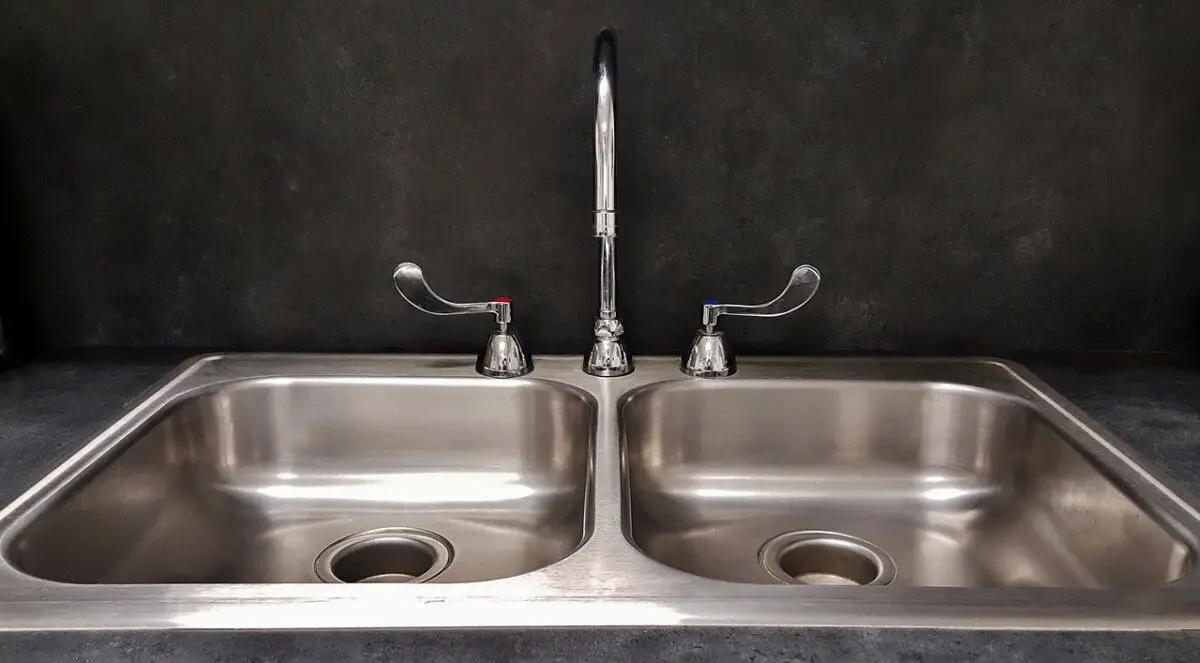 One of the main reasons why a kitchen sink needs a vent is to prevent the build-up of harmful gases. When you use your sink, the water flows down the drain, taking with it food particles, grease, and other debris.
These substances can create a blockage in the pipes, leading to the formation of stagnant water and gases such as methane and hydrogen sulfide.
A vent allows these gases to escape, preventing them from building up and causing potential health hazards.
One of the main reasons why a kitchen sink needs a vent is to prevent the build-up of harmful gases. When you use your sink, the water flows down the drain, taking with it food particles, grease, and other debris.
These substances can create a blockage in the pipes, leading to the formation of stagnant water and gases such as methane and hydrogen sulfide.
A vent allows these gases to escape, preventing them from building up and causing potential health hazards.
The Benefits of Proper Ventilation
Options for Kitchen Sink Ventilation
 Now that we understand the importance of kitchen sink vents, let's discuss the different options available for proper ventilation.
The most common type of vent used for kitchen sinks is the air admittance valve (AAV).
This is a one-way valve that allows air to enter the pipes and release gases, but prevents them from coming back out. Another option is a vent stack, which extends from the plumbing system and releases the gases through the roof.
Both options are effective in providing proper ventilation for your kitchen sink, but it is important to consult a professional to determine which one is suitable for your specific house design.
In conclusion, while it may seem like a small and insignificant detail, having a vent for your kitchen sink is crucial in maintaining a healthy and functional home.
Not only is it a requirement for most building codes, but it also offers numerous benefits such as preventing gas build-up, promoting better drainage, and improving air quality.
So, if you are in the process of designing or renovating your house, make sure to include proper ventilation for your kitchen sink. Your future self will thank you for it.
Now that we understand the importance of kitchen sink vents, let's discuss the different options available for proper ventilation.
The most common type of vent used for kitchen sinks is the air admittance valve (AAV).
This is a one-way valve that allows air to enter the pipes and release gases, but prevents them from coming back out. Another option is a vent stack, which extends from the plumbing system and releases the gases through the roof.
Both options are effective in providing proper ventilation for your kitchen sink, but it is important to consult a professional to determine which one is suitable for your specific house design.
In conclusion, while it may seem like a small and insignificant detail, having a vent for your kitchen sink is crucial in maintaining a healthy and functional home.
Not only is it a requirement for most building codes, but it also offers numerous benefits such as preventing gas build-up, promoting better drainage, and improving air quality.
So, if you are in the process of designing or renovating your house, make sure to include proper ventilation for your kitchen sink. Your future self will thank you for it.




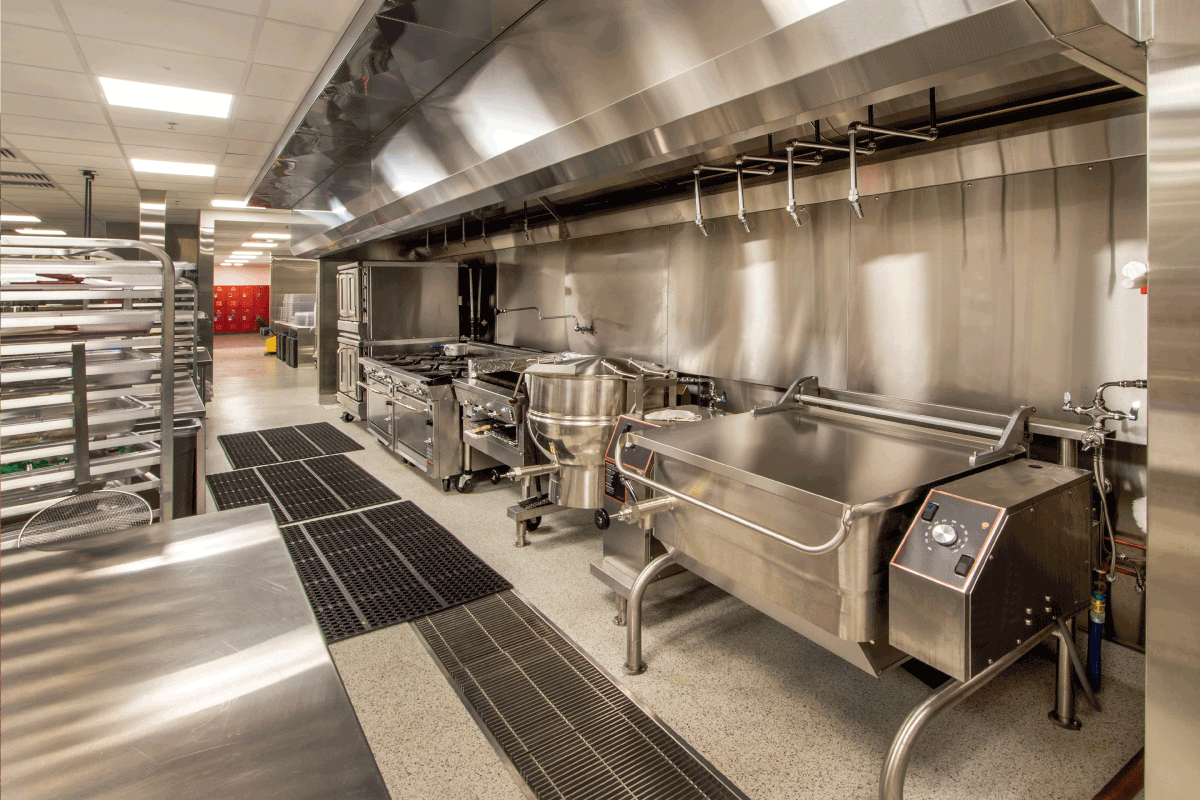

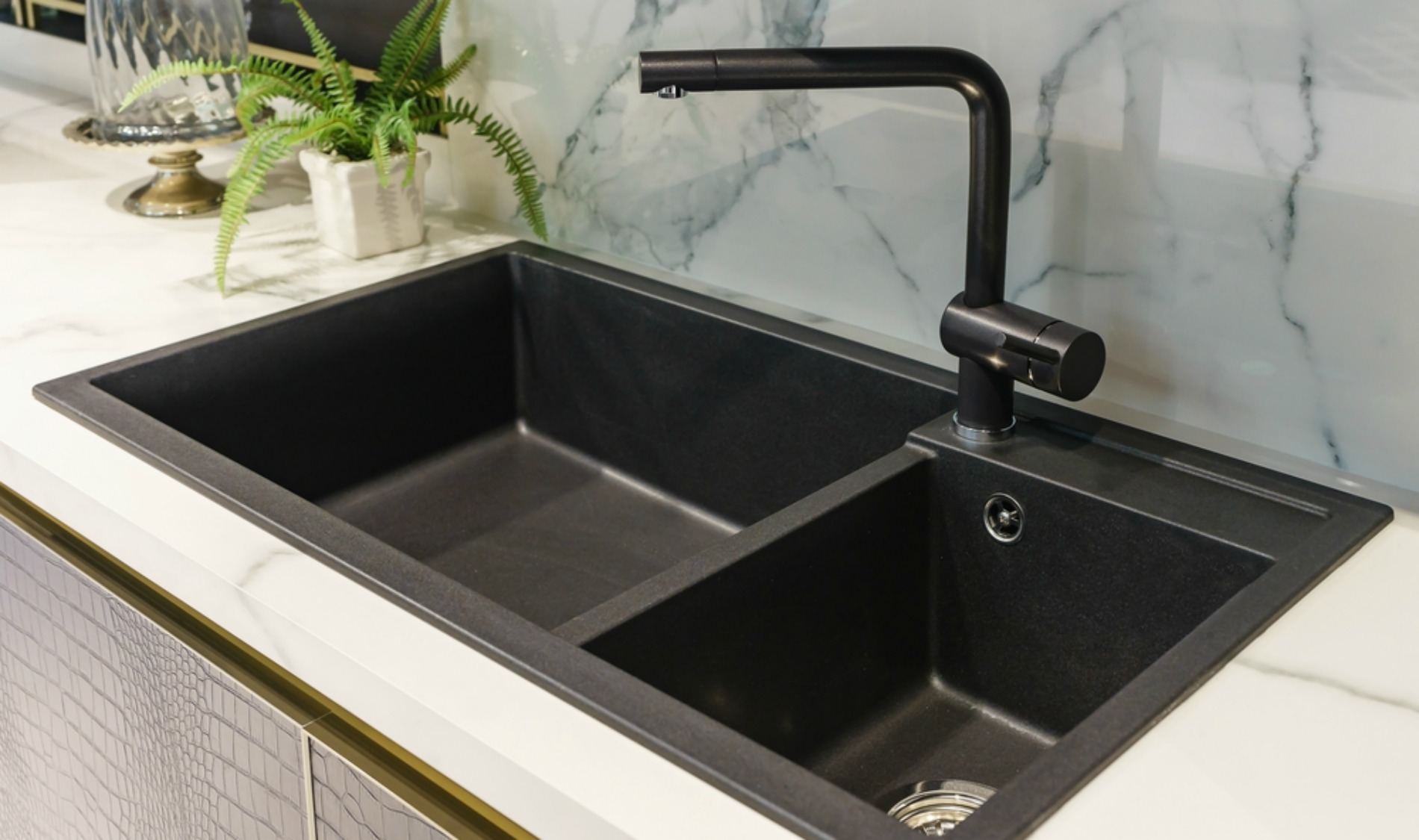


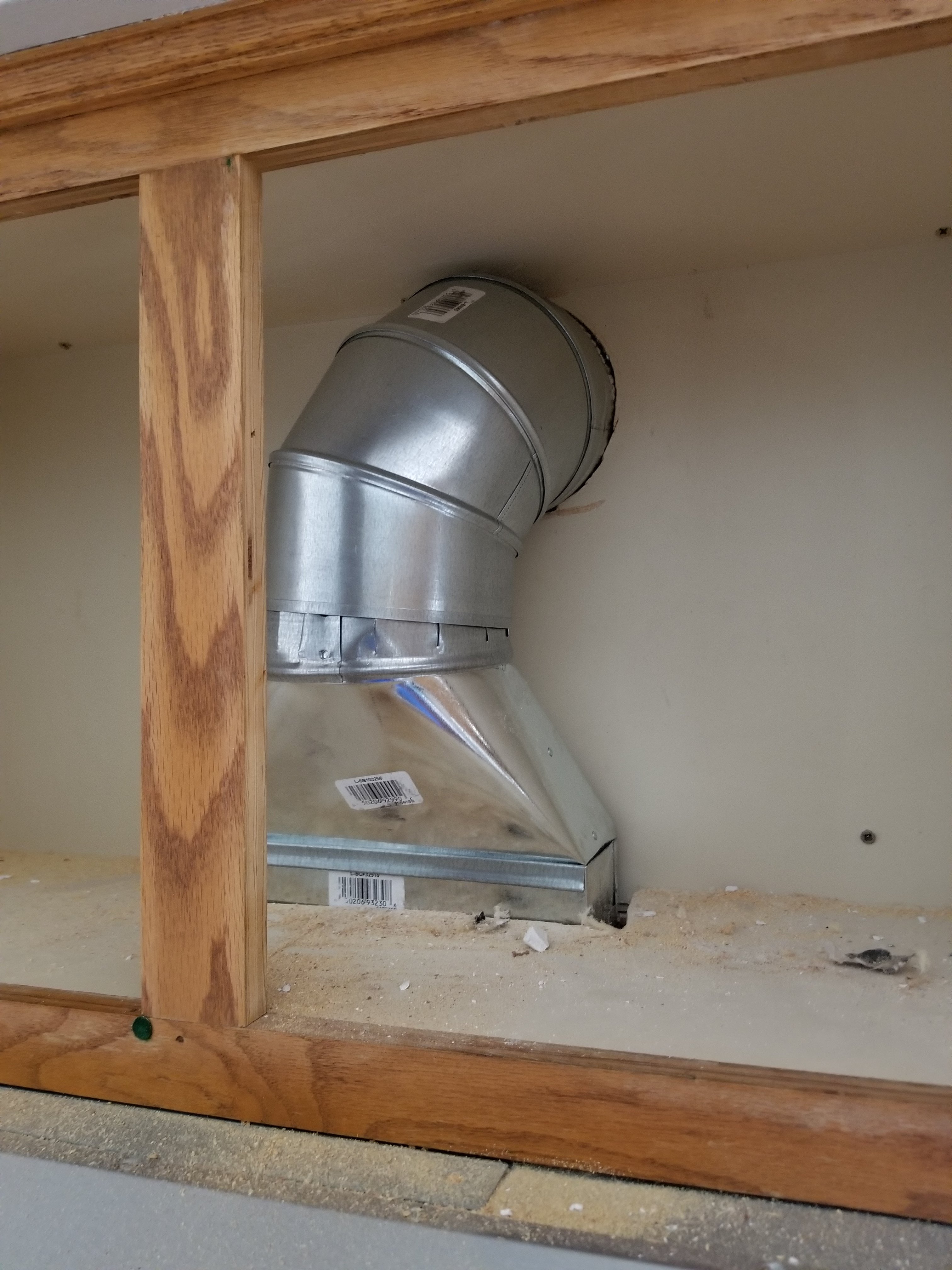





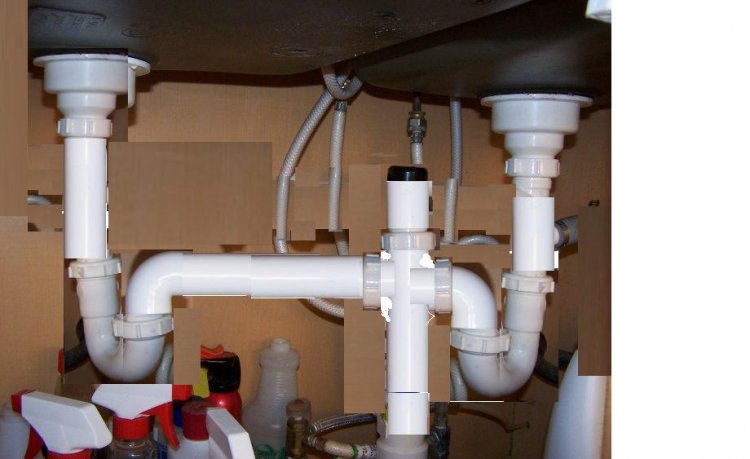


/sink-vent-installing-an-auto-vent-2718828-05-ca0dcb2915be457b9693ccd2655e6c21.jpg)
